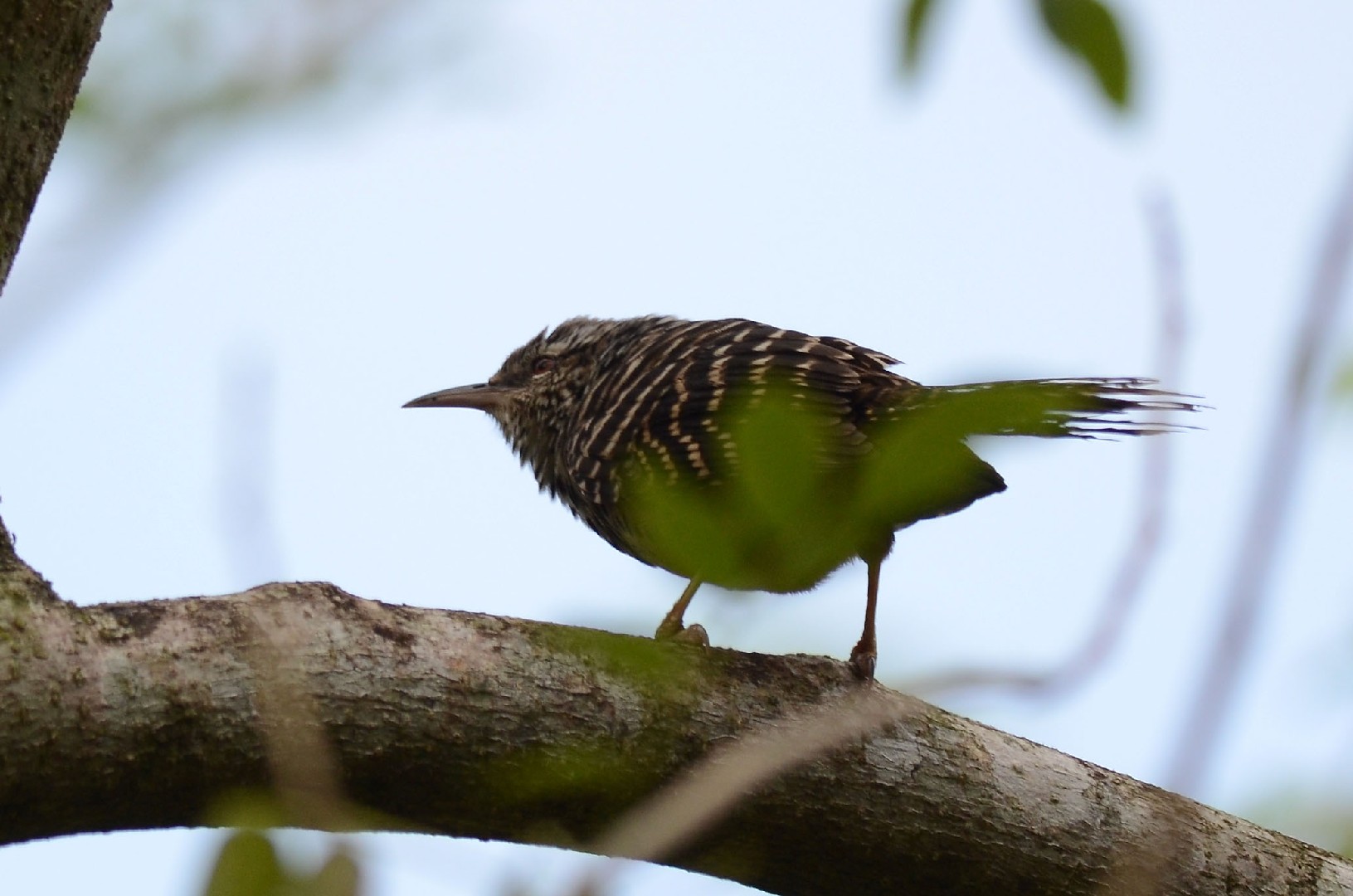Band-backed Wren
A species of Cactus Wrens Scientific name : Campylorhynchus zonatus Genus : Cactus Wrens
Band-backed Wren, A species of Cactus Wrens
Botanical name: Campylorhynchus zonatus
Genus: Cactus Wrens
Content
Description General Info
 Photo By Amado Demesa , used under CC-BY-SA-2.0 /Cropped and compressed from original
Photo By Amado Demesa , used under CC-BY-SA-2.0 /Cropped and compressed from original Description
This large wren breeds in lowlands and foothills from sea level up to 1700 m altitude in thinned forest or open woodland, scrub, second growth and groves around houses. It mainly occurs on the Caribbean side of the Central American mountain ranges. Its large spherical nest has a wide side entrance and is constructed 2 – 30 m high in a tree or shrub, often hidden amidst bromeliads. The female alone incubates the three to five unmarked or lightly brown-spotted white eggs for about two weeks to hatching, and the young fledge in about the same length of time again. After breeding, families sleep together in dormitory nests like those used for breeding throughout the year. The adult band-backed wren is 16.5 cm long and weighs 29 g. It has a brown-grey crown, black nape, and the rest of the upperparts and tail are heavily barred with black, tawny and white. The breast and throat are white, heavily spotted with black, and the belly is cinnamon. Young birds have duller upperparts and off-white to buff underparts. This species has a short rasping zek call. The song is a mix of dry chatters, splutters and gurgles. The band-backed wren forages actively in family groups of 4-12 birds. It eats mainly insects, spiders and other invertebrates. 
Size
19 cm
Nest Placement
Cavity
Feeding Habits
Band-backed Wren mainly consume invertebrates. They typically forage in groups, actively searching for prey in crevices and under bark. Their diet is supplemented with fruits and seeds, showing adaptability in food choices.
Habitat
The band-backed Wren is versatile in its habitat preferences, typically found in diverse forest environments ranging from lowland humid forests to edges of mixed woodlands. These habitats include disturbed areas, dry oak and pine forests, and occasionally at higher elevations within wet epiphytic and edge of cypress forests. Its adaptive nature allows it to thrive across a broad altitudinal gradient, from sea level up to 3000 meters.
Dite type
Insectivorous
General Info
Feeding Habits
Bird food type
Species Status
Not globally threatened.
Scientific Classification
Phylum
Chordates Class
Birds Order
Perching birds Family
Wrens Genus
Cactus Wrens Species
Band-backed Wren